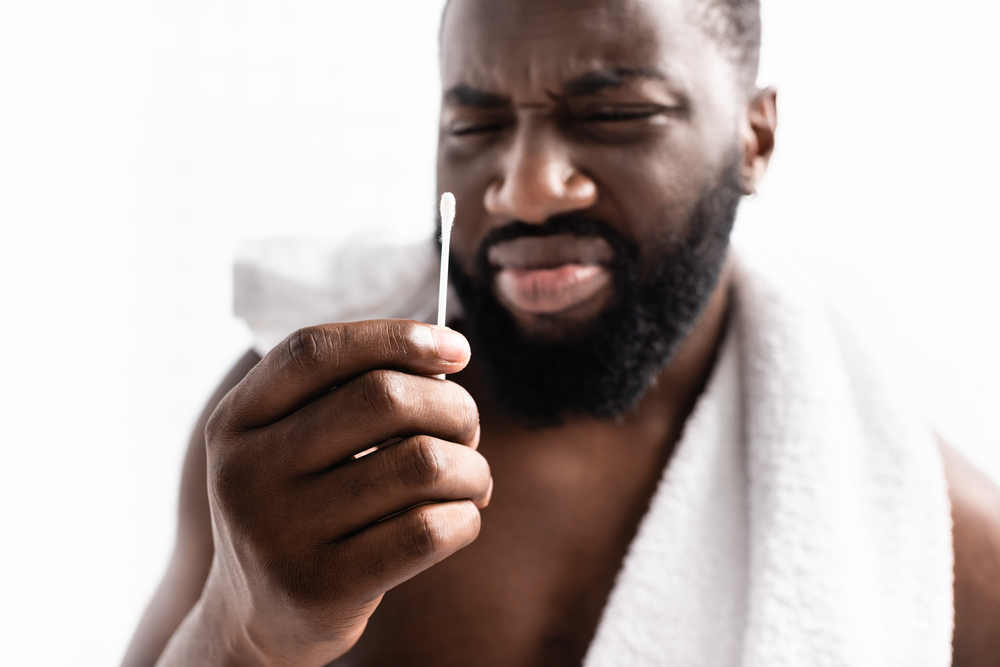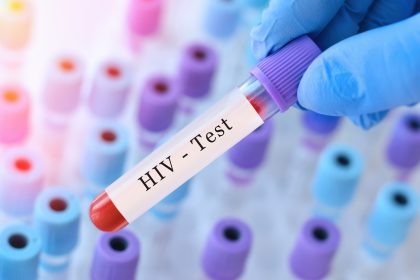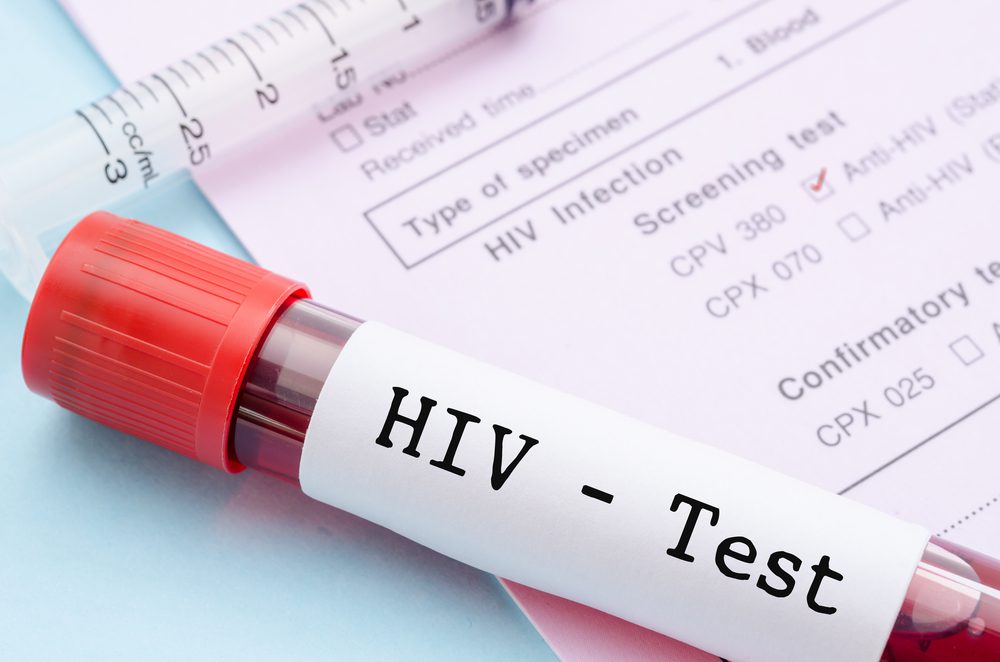Earwax might seem like an unlikely source of ancestral information, but this small substance holds genuine clues to your genetic heritage. Scientists have discovered that the type, texture and even odor of earwax can provide insights into your family’s geographic origins. While DNA tests dominate the ancestry market, this natural secretion offers an accessible glimpse into your roots.
The science of earwax types
Genetic research has revealed a direct link between earwax characteristics and inherited traits. People typically produce one of two earwax types: wet or dry. This distinction stems from a single gene called ABCC11.
The pattern is remarkably consistent across populations:
- East Asian populations predominantly have dry, flaky earwax
- African and European populations typically produce wet, sticky earwax
- The trait follows clear genetic inheritance patterns
- Mixed heritage individuals may have intermediate characteristics
This distinction represents more than a random quirk. It reflects thousands of years of evolutionary adaptation to different environments.
Evolution’s role in earwax differences
These variations developed over millennia as humans migrated and adapted to diverse climates. Scientists theorize that dry earwax emerged as an evolutionary advantage in colder regions. The reduced moisture content helped prevent bacterial growth in dry environments where infections could prove especially dangerous.
Populations in humid climates faced different challenges. The wet earwax trait remained dominant in these regions, where moisture retention posed fewer risks. The same gene that determines earwax type also influences sweat gland function, body odor production and potentially breast milk composition.
This connection demonstrates how everyday bodily functions link directly to ancient survival strategies encoded in our DNA.
Beyond earwax: The ABCC11 gene’s wider impact
The ABCC11 gene affects multiple bodily functions beyond ear secretions. Most notably, it influences body odor production, particularly underarm scent. People carrying the gene variant for dry earwax often produce minimal underarm odor.
This genetic difference has created unexpected cultural and commercial impacts. In Japan, where the dry earwax variant is common, some deodorant manufacturers market products specifically for people who genetically produce less body odor. Hotels and gyms have adapted their amenity offerings based on these population-wide genetic traits.
These connections illustrate how genetic markers influence not just biology but also social customs and consumer behavior.
Personal identity and genetic traits
Understanding these biological markers helps people connect with their ancestral heritage in tangible ways. While comprehensive genetic testing provides detailed ancestry reports, observable traits like earwax type offer immediate, physical connections to your lineage.
Key insights for personal discovery:
- Your earwax type provides a direct link to your ancestors’ geographic origins
- The trait remains consistent across generations
- It represents one of many subtle genetic markers
- Understanding these connections can strengthen cultural identity
These physical manifestations remind us that genetic diversity extends far beyond visible characteristics like skin tone or facial features.
Ongoing research and future applications
Scientists continue exploring the broader implications of earwax composition. Current research investigates potential connections to disease susceptibility, infection rates and environmental adaptation. Medical researchers are examining whether earwax analysis could help diagnose metabolic or hormonal conditions, given the biological compounds it contains.
Some studies suggest earwax composition might indicate:
- Metabolic health markers
- Hormonal balance indicators
- Environmental toxin exposure
- Genetic predisposition to certain conditions
As research progresses, earwax may transition from an ancestral marker to a diagnostic tool in preventive medicine.
Embracing biological diversity
These genetic variations highlight the beautiful complexity of human diversity. They demonstrate that our differences run deeper than surface appearances, encoded in the smallest biological functions. Understanding traits like earwax type adds another dimension to personal identity and cultural heritage.
Rather than viewing these differences as oddities, we can appreciate them as evidence of humanity’s remarkable adaptability. Each variation tells a story of survival, migration and evolution spanning thousands of years.
A genetic legacy in everyday life
The next time you clean your ears, remember that this routine task connects you to generations of ancestors. Your earwax type carries coded information from people who lived centuries ago, adapted to their environments and passed their genetic advantages to you.
This humble substance serves as a reminder that our bodies preserve ancestral memories in unexpected ways. From the ABCC11 gene to the earwax it produces, we carry our heritage not just in our hearts and minds but in our very cells.
Understanding these connections enriches our appreciation for human diversity and the intricate ways our past shapes our present. Even the most mundane aspects of our biology tell profound stories about who we are and where we come from.











